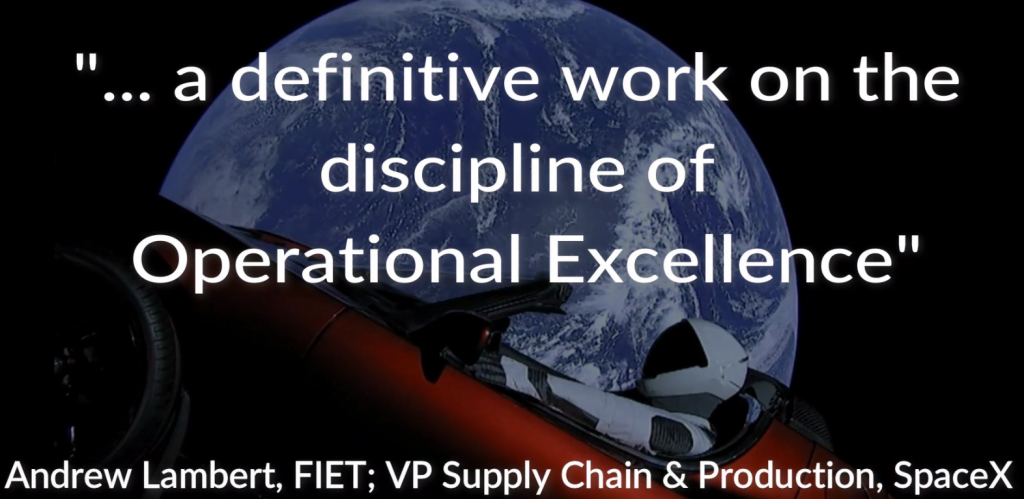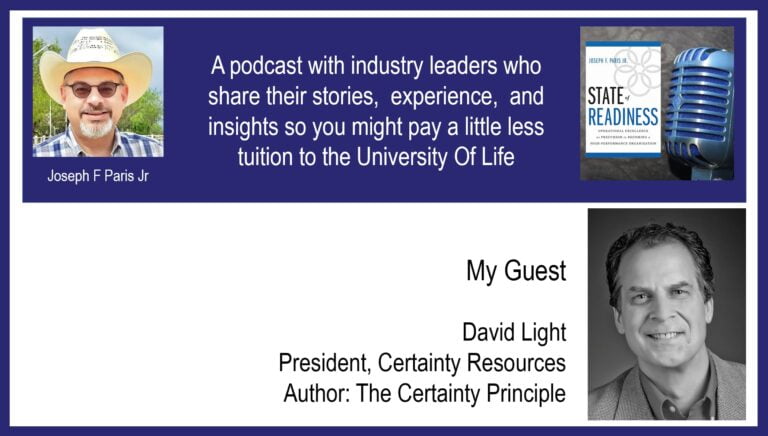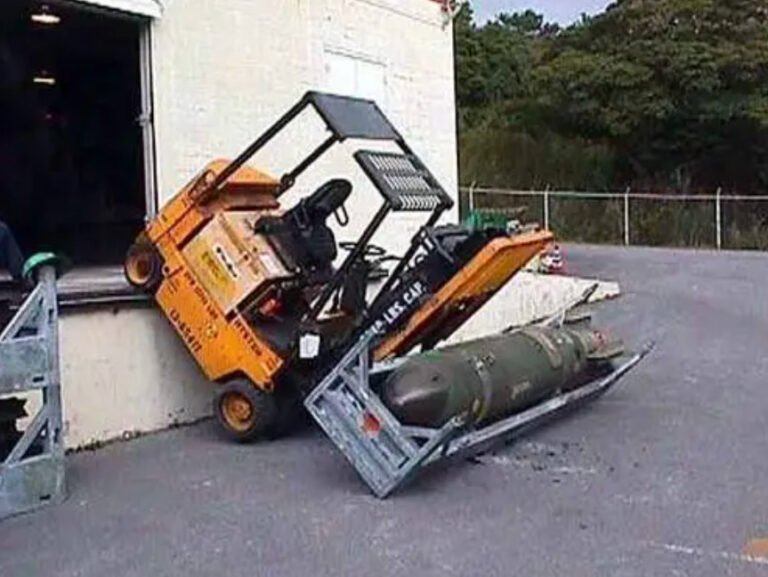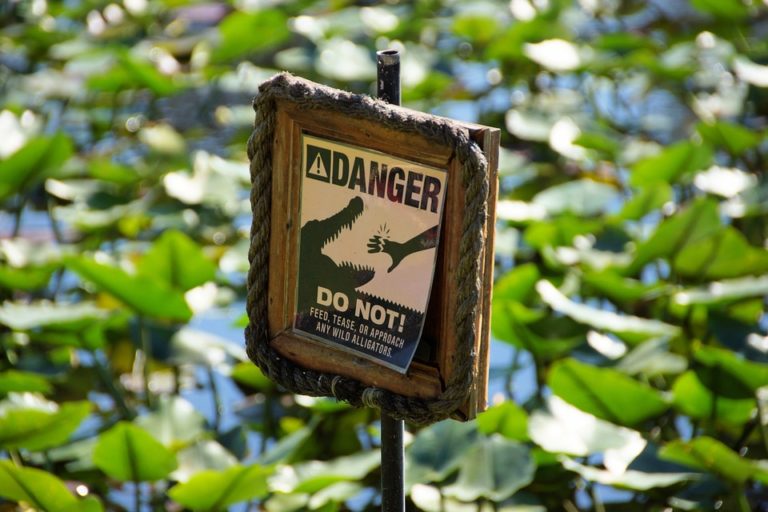Best Practices For Becoming a High-Performance Organization
I started XONITEK in August of 1985 in Endicott, New York. I still own its latest incarnation, now located in Sheridan, Wyoming. Having owned my own businesses for the last 40 years makes me uniquely unemployable. Perhaps that could change given the right circumstances (whatever those might be).
Since the very beginning, the purpose of the company was; i) to empower the employees so that they could be their most productive selves (with all that entails) and ii) to horizontally integrate (not just vertically optimize withing swim-lanes) the entire value-chain of the organization; from the vendor’s vendor to the customer’s customer.
In essence, to help create high-performance individuals working for high-performance teams, at high-performance organizations; to achieve a level of Operational Excellence so that an organization can operate better – more effectively and efficiently – as an organization.
I wrote an article ten years ago that chronicled my journey until then entitled No Skid Marks. From it, you will understand my psyche; make decisions fast, break things, learn, move forward.
Of course, it was not easy. I was woefully underfunded and started my business in a location that was not the best environment; backward-looking (highly risk averse), elitist (if you were not born into the right family and the cliches they formed, you were a peasant), and sparsely populated (limited number of potential customers. As such, I learned that Hunger Makes a Good Cook and developed my personal recipe for “Stone Soup”.
But don’t read that as my having an axe to grind. On the contrary, it helped me to become resilient and ready. As Friedrich Nietzsche famously said; “That which does not kill us makes us stronger.”
Follow this link to see all my Vehicles for Change including links to my companies, articles, and podcasts. And following this link will lead to a landing page where you can get my Biography, an outline of my “State of Readiness Masterclass and Workshop,” and the abstracts to some of my most popular keynotes and breakout sessions.
And if you want one page that summarizes all that I/we do, this link will serve-up the Capabilities Statement for my consultancy, XONITEK, which is a proxy for me.
Topic Areas
This is an article of my articles and other content that I created. Throughout this article you will find introductions with links to other articles and landing pages. I organized them by topic area to make it easier for you to forage.
Of course, I am happy to organize a call with you if you would like to have a deeper exploration of any of these topics.
Operational Excellence
Since this topic is what I am best known for, I will start here. As I mentioned above, I have always had a passion for developing people and horizontally integrating an organization and built my companies around these purposes; eventually becoming interested in the notion of “Operational Excellence.” In October of 2012, I distilled my thoughts on the subject into an article entitled, “The Operational Excellence Manifesto.”
I further developed my thoughts on the subject of Operational Excellence and, five years later in 2017, I released my book, “State of Readiness” with an article that introduced the book and is a Briefing; A “State of Readiness” with a proposed definition for Operational Excellence being; “a state of readiness that is attained as the efforts throughout the organization reach a state of alignment for achieving its strategies; and where the corporate culture is committed to the continuous and deliberate improvement of company performance AND the circumstances of those who work there – and is precursor to becoming a high-performance organization.”
There is also a landing page where you can get the First Chapter “State of Readiness”.
Of course, Operational Excellence is Not Something New, it’s been around for a very long time (just was not called it).
When COVID struck, I spent a lot of time from March of 2020 through the end of that year speaking to over a hundred Directors of Operational Excellence (or Continuous Improvement) programs who were either out of a job or had their programs decimated. And the root cause, without fail, was that they and their programs were not working on what was important. So I wrote an article entitled Eulogy of a Continuous Improvement Program as a sort of post-mortem (pun intended) for why the programs died. What it really came down to was rather simple, we have to pay attention to the CEO’s and their Sausages – Learn to Love them Like They Do.
As if to illustrate the point, there was a post in the Operational Excellence LinkedIn Group that held NASA’s Continuous Improvement program in high esteem. When I was done reading it and doing the research, I thought; Know what? So what…
In my article, The 9 Questions To Ask About Operational Excellence, I share the nine questions that I ask when interviewing the stakeholders of a new or reconstituted Operational Excellence (or Continuous Improvement) program; looking for commonality across the responses to establish alignment and gain commitment.
I have since added two more questions (but have not updated the article, yet); Nr. 10 is “What will most likely kill your Operational Excellence Program? And Nr. 11 is “If not by implementing an Operational Excellence Program, how else will your company achieve its ambitions?
Of course, once you have defined a program (or any strategy) you will find there is the Need for Both KPIs and OKRs. I like to think of KPI’s as measuring the health of a process (a snapshot in time) while OKR’s measure the health of the progress (milestones).
To help accelerate strategy development and convert to strategy execution, I use the techniques and methodologies of Design Thinking for Operational Excellence. This human-centric approach is probably the most innovative and transformative method for collaborating among stakeholders to ideate and problem solve to compress the time it takes to establish alignment on most challenges a business might face.
Now offered through my company, XONITEK, is an explanation and some examples of Design Thinking for Operational Excellence templates and their use, as well as the details for the Design Thinking For Operational Excellence™ Workshop Moderator Certification Course.
Of course, failure to establish alignment and commitment is akin to Ready, Fire, Aim. It is important to get it in the right order; get ready, aim, then fire.
Once you launch your program, you will want to evaluate and manage its maturity level. To help you with that, I wrote an article entitled The Operational Excellence Maturity Model which details the three levels of maturity I use (Logistical, Tactical, Strategic) and the my opinion of the difference between Continuous Improvement and Operational Excellence.
If you followed much of the advice I offer in the content I created and become successful, you will consider Changing a Continuous Improvement Initiative into a Global Program.
You can click here to receive my whitepaper on the Operational Excellence Enterprise Readiness Model for your consideration. It is quite detailed and should get you pointed in the right direction; at least offer insights for your consideration.
Education and Training Programs
I have met many companies that try to implement education and training programs, or even a “center of excellence.” Almost every one of them is disbanded after a couple of years with the root cause almost always being they suffer from The Peter Principle & Dunning-Kruger Effect and eventually learn the Lessons from Mount Stupid.
Some of my articles related to the design and deployment of education and training programs and centers of excellence.
First, you have to know that You Are Unique, but Not Special. When it comes to content, curriculum, technology in support of a training and education program, everything you need to be successful already exists. All you must do is find it and buy it. If you catch yourself wanting to create anything from scratch, you are doomed to failure.
To be successful in your training and education program, you need to start with applying the concepts if “standard work” to training and education using an integrated (blended) learning approach. If you let employees learn on their own or use platforms where you cannot determine what is being learned (or not) then more unnecessary peril to the program awaits. This article will help you Build Organizational Capacity and Capability – For Free.
You also can’t underestimate The Importance of a Project Review Board to help make your training and education program successful and keep it from losing momentum or spinning out of control.
And Scaling and Sustaining Your Education and Training Program will be important to keep the efforts aligned and relevant.
And by following this link for the Operational Excellence Enterprise Readiness System” (OpEx-ERS), you can receive; i) whitepaper on Making the Case for Integrated Learning, ii) a whitepaper on deploying a training and education program Further, Faster, Cheaper, Best and, iii) a sample course construct for Green Belt that Includes Leadership and a Capstone Project.
High-Performance Organization
Instead of being a strategic force, I find that most HR Departments are tactical; focused on compliance with the various labor laws and regulations and making sure the paperwork is all in order. Many of the HR Departments I have encountered are innovation inhibitors; sharing why something cannot be done rather than collaborating to co-develop a plan on how it can be done. And all too often, getting HR involved is akin to being called to the Principals’ Office in grade school; nobody looks forward to that. But this can be changed; becoming The Strategic HR Department.
As a follow-up, I wrote an article that was much more prescriptive for those who needed a “hot-to” guide on forming an HR Department that deserved a seat at the adult table; one that was strategically aligned to the corporate strategy and could create value and was Considering the Entire Employee Lifecycle.
At the conferences I attend and the engagements I have, there is often considerable energy given to Culture Change; What is it and why change it? Like so many “re-orgs”, do we just hope to keep changing until we (accidentally) discover something that works (at least for a little while)? Perhaps we should not be so quick to change until we know what we are changing from and why to what we are changing to and the expectations.
The expectation should be that changing and sustaining a change in culture is going to take considerable time, effort, and investment. We must remember that we are the water on the rock; the rock will succumb to the water, but it will take time and constant pressure. And if we fail, we will have to remember The Fault Lies Not in the Stars, but Within Ourselves.
But sometimes the culture is in dire need of changing. In these cases the Culture Change: Go Ugly Early – Go Ugly Fast, might be the best approach. You might not have time to slow-roll it.
And a few other thoughts on building a high-performance organization. The first is to know when you or someone in your organization are Being Setup for Failure. My simple definition for this situation is when a person has accountability and responsibility but not authority. Should this situation ever occur, eject, Eject, EJECT!
We also need to guard against Task Overload. It is easy to find yourself with too many tasks to manage. This can quickly become an overwhelming situation and cause mistakes, disappointment, and frustration. And, of course, your solution is not to shift your task overload to another.
And you know your organization is in trouble if you find yourself thinking (not to mention saying aloud) “They are Dumb” about the people with whom you work. After all, you (and HR) supposedly do not seek to hire the dumb. So, if you are surrounded by dumb, it is the fault of you and your organization; you failed them somehow, find it and fix it.
Technology
It is probably fitting that I start with the topic of technology, because that is where it all started; assembling and selling IBM PC “Clones”, then as a systems integrator, and then as an implementor of Enterprise Resource Planning (ERP) systems. But I became disenchanted with ERP Systems, which eventually cause me to write the ERP Selection Survival Kit.
This is not to say we no longer have the capabilities in technology and ERP systems, because we do. And we still offer these services as a consultancy. The only real difference is that we no longer sell the hardware and software; offering the consulting and advisory services such as business and process analysts and project managers. Our experience having delivered such systems in the past makes us uniquely qualified to be someone’s “Sherpa” on their own journey.
Technology has become so ubiquitous that many of us take it for granted. We just assume it will always be there, and it will always work. This is not the case, and you need to Respect the Neural Network of Your Business and we definitely need to ensure we are always Practicing Safe Computing.
It always bothered me that I was paying for 100% in rent and utilities but was only realizing 66% of the benefit because it was empty most of the time. This drove me to finding ways to eliminate this waste. In April of 2008, I came across and article in The Economist entitled “Nomads at Last” and it got me thinking. The first phase involved leveraging some rather new technologies. Having achieved a level of success in 2009, I wrote the article; Cloud Telephony: “Nomads at Last”.
In 2010, signified by my moving to Germany, my office became 100% virtual and all my employees were remote. It would be ten years before COVID would hit and this would become cool and I memorialized it in 2021 in an article entitled;“Nomads at Last” – Redux.
Of course, there were a few articles I wrote on Artificial Intelligence such as; Artificial Intelligence; The Next “Undiscovered Country” (2019) and Deepfakes and the Uncanny Valley(2022) and Artificial Intelligence and Continuous Improvement (2023).
Wrap-Up
Most organizations believe their competition is the enemy. The reality is that it is rarely true.
Rather, time is the enemy. And the company that can see further beyond the horizon, recognize opportunities and threats sooner, devises and deploys decisive responses faster, and understands the capacities and capabilities of their organizations will have competitive advantage.
Of course, we know that becoming a high-performance member of a high-performance team working at a high-performance organization is not easy. It is darn hard. And we have to learn to Choose Your Hard.
About the Author
Paris is an international expert in the field of Operational Excellence, organizational design, strategy design and deployment, and helping companies become high-performance organizations. His vehicles for change include being the Founder of; the XONITEK Group of Companies; the Operational Excellence Society; and the Readiness Institute.
He is a sought-after speaker and lecturer and his book, “State of Readiness” has been endorsed by senior leaders at some of the most respected companies in the world.
Click here to learn more about Joseph Paris or connect with him on LinkedIn.










